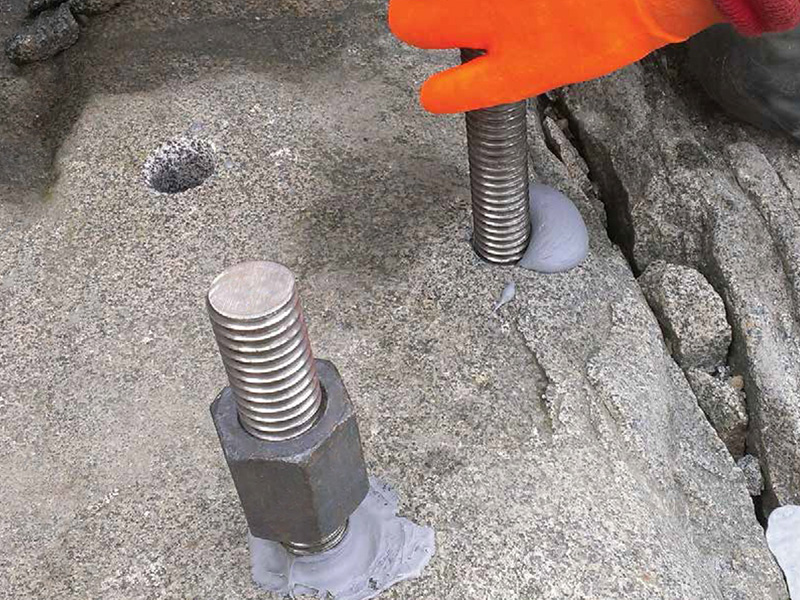
Children’s ill health may also modify other risk factors and increase PS. Chronic or severe impairment of children’s health has consistently been shown to impact on parenting and interacting behaviors. These include lower education, high work load, unemployment, both younger and older maternal age, higher number of children, poor social/partner support, negative life events, preterm birth, child physical or mental disorder, child temperament and child caretaking hassles. Previous studies have identified several psychosocial and medical factors in mothers and children associated with PS. PS is a function of both parent and child characteristics as well as of caregiver-child interaction. High PS may have long-term effects on child cognitive and behavioral outcomes. PS has been associated with a range of negative outcomes, including less sensitive caregiver-child interaction, aversive and coercive disciplinary strategies, and increased risk of family dysfunction and child maltreatment. Parenting stress (PS) refers to specific difficulties in adjusting to the parenting role and arises when demands associated with parenting cannot be met by perceived resources. Should our findings be replicated, it appears prudent to design and subsequently evaluate intervention strategies.īecoming a mother and caring for an infant is both a joyful experience and a challenging and stressful one, with stress levels usually lessening as mothers gain confidence with their parenting abilities. More quantitative and qualitative data are needed in sub-Saharan African populations to assess the burden of PS and understand associated mechanisms. Antepartum and postpartum depression were both associated with PS, while antepartum and postpartum anxiety were not after adjusting for confounders. Parenting stress is frequent and levels are high compared with previous studies from high-income countries. In the multivariate regression analyses, antepartum and postpartum depression were consistently associated with PS after adjusting for other variables. At all three time points, the PS scores were significantly higher among depressed mothers vs.

ResultsĪ total of 577, 531 and 264 women completed the PS assessment at 3 month, 12 month and 24 month postpartum across the two sites and the prevalences of clinical PS at each time point was 33.1%, 24.4% and 14.9% in Ghana and 30.2%, 33.5% and 22.6% in Côte d’Ivoire, respectively. A generalized estimating equation (GEE) approach was used to estimate population-averaged associations between women’s depression/anxiety and PS adjusting for age, child sex, women’s anemia, education, occupation, spouse’s education, and number of sick child visits.

The proportions of clinical PS (PSI-SF raw score > 90) in depressed vs. non-anxious mothers at 3, 12 and 24 month postpartum. The mean total PS score and the subscale scores were compared among depressed vs. PS was measured using the Parenting Stress Index-Short Form (PSI-SF) at 3, 12 and 24 month. Depression and anxiety were assessed by the Patient Health Questionnaire depression module (PHQ-9) and the Generalized Anxiety Disorder (GAD-7) at baseline, 3 month, 12 month and 24 month postpartum. MethodsĪ longitudinal birth cohort of 577 women from Ghana and Côte d’Ivoire was followed from the 3 rd trimester in pregnancy to 2 years postpartum between 20. There are limited data on the parenting stress (PS) levels in sub-Saharan African mothers and on the association between ante- and postnatal depression and anxiety on PS.


 0 kommentar(er)
0 kommentar(er)
